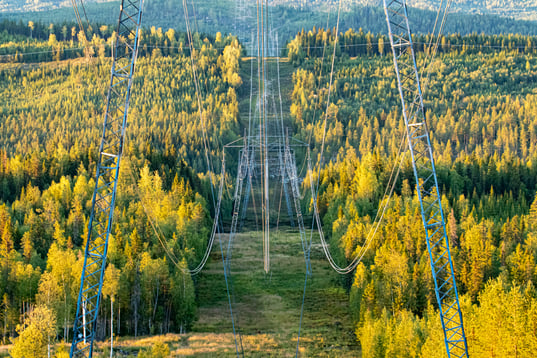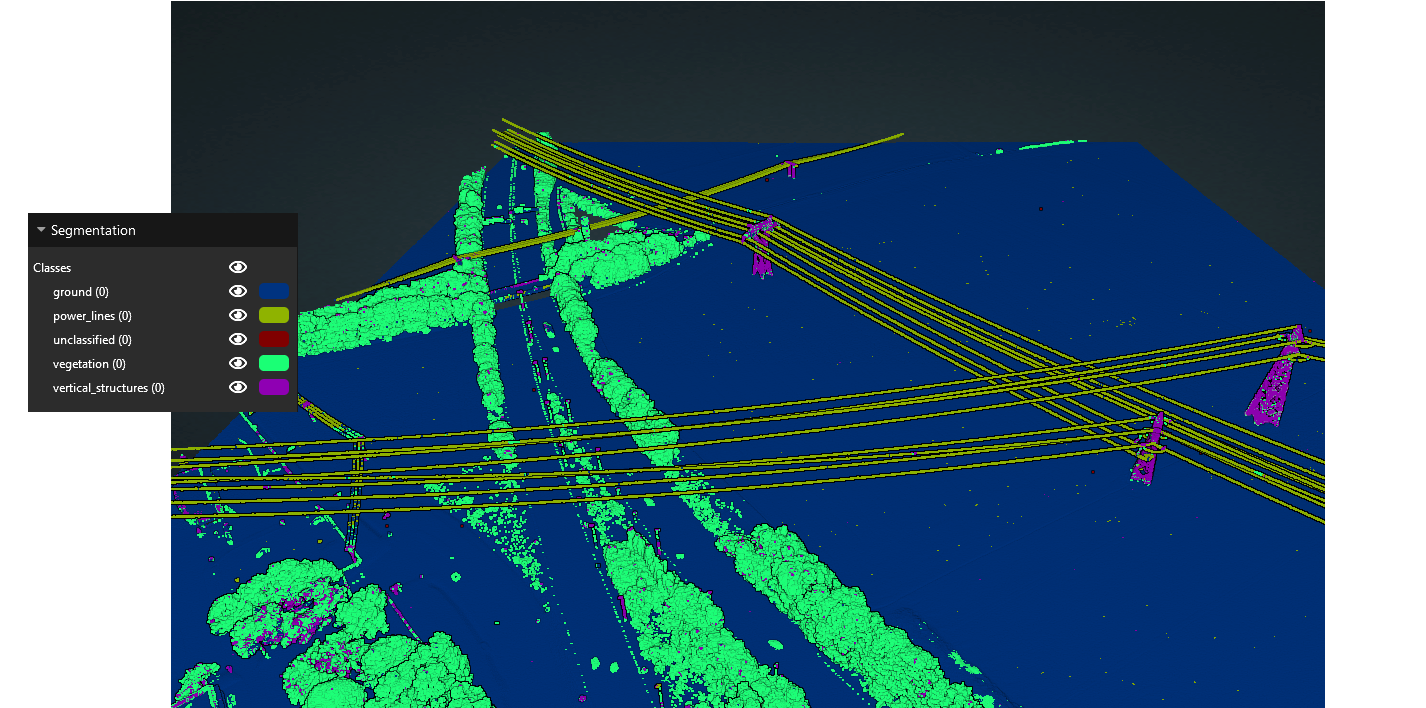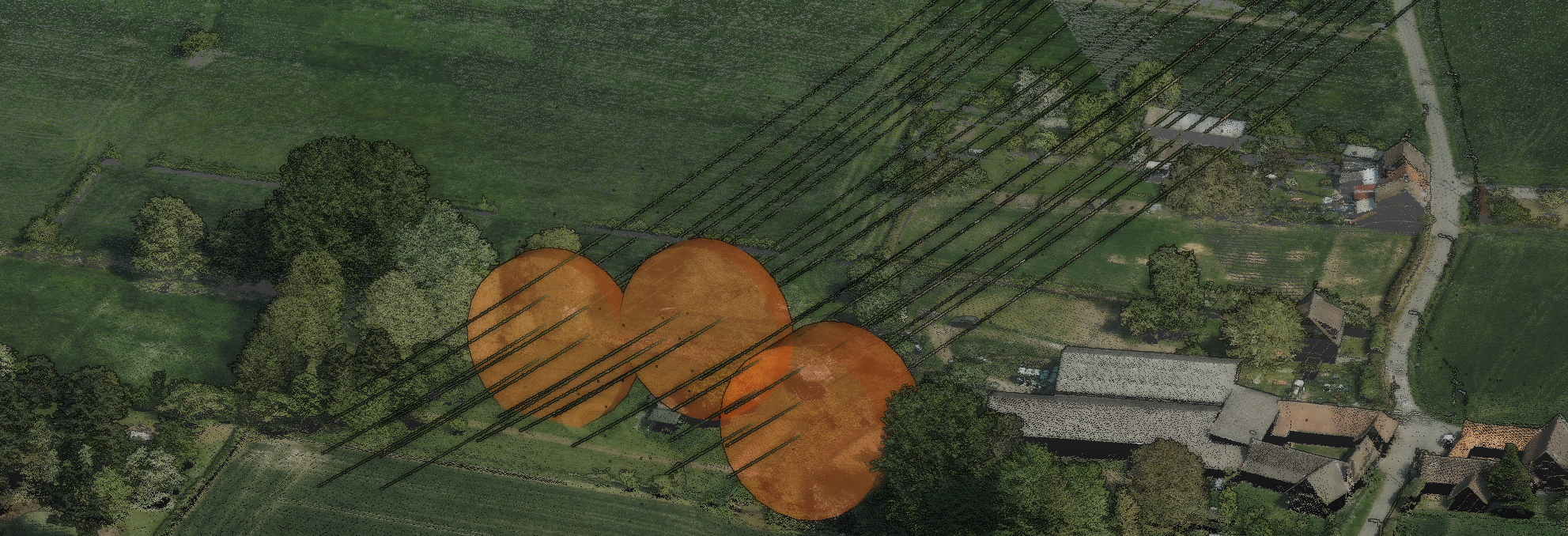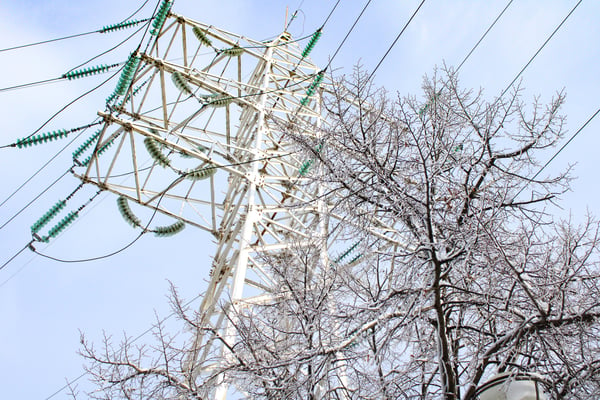Managing Electric Power Lines
Electricity is one of the big three components of energy production, along with transportation and heating. Primarily electricity is distributed from large generating power stations across transmission lines to more local areas where it is distributed to homes and industries. In many parts of the world, this network of transmission lines cross many types of terrain. Ensuring this network is operational and able to meet the needs of their users falls to the companies that need to maintain these transmission and distribution power lines. This is especially challenging over large networks in suburban or rural areas where they can be at the mercy of environmental and natural conditions, including wind and vegetation.
High sustained winds can have direct effects as conductors are put under stress and could clash. This can cause secondary effects such as molten metal falling on nearby vegetation and, if dry, starting a fire which could get out of control. Global Warming has exacerbated this with an increase in the conditions that make these issues happen, i.e. dry vegetation and high winds. These climate effects can also lead to extended growing seasons meaning that more foliage is generated for longer, extending the management cycles required.
Power line conductors hitting trees directly is also a major cause of fire. The second largest wildfire in California to date was caused by a power line striking a tree, after which it was judged 8 million trees were in strike range.
California utilities adopted a policy of Public Safety Power Shut-offs (PSPS) to avoid these incidents when winds are high or if a tree strike is detected in a high risk area. The downside of this approach is the interruption of service to their consumers often at short notice, affecting them both financially as well as in impacting safety-of-life services.

Vegetation Management
An important part of mitigation of these risks is in good vegetation management. As much as 85% of power interruptions to service can be caused by trees. This management of the vegetation around powerlines and the above-ground transmission and distribution networks is a time intensive and manual process. It relies on good knowledge of the tree growth patterns and when interventions are likely to be needed based on average seasonal growth rates and site visits to task teams.
T his process is also costly due to this, with California’s Pacific Gas & Electric (PG&E) spending $1.7 billion annually for vegetation management alone. Burying cables underground is seen as one solution but that is a fix that is slow and expensive to carry out, while vegetation risk still needs handling in the interim.
his process is also costly due to this, with California’s Pacific Gas & Electric (PG&E) spending $1.7 billion annually for vegetation management alone. Burying cables underground is seen as one solution but that is a fix that is slow and expensive to carry out, while vegetation risk still needs handling in the interim.
Therefore, smart methods need to be used for efficiency and productivity in this area. With mass capture of 3D data now readily available from aerial, drone and helicopter lidar as well as ground-based laser scanning and other point cloud sources, these sources are ripe for smart analysis to aid vegetation management.
The Vercator Advantage
Vercator enables this safety inspection through the powerful AI-based classification service of point clouds that accurately detects vegetation extent and power line conductors and towers or poles. This data can be used to analyse the distance between these to provide a fast result of where interventions are needed to bring vegetation within safe tolerances.

Vercator’s power line classification model can classify a point cloud from lidar or photogrammetry into key features: power line or conductor, vegetation & ground. This ability allows the picking up of elements of interest, such as conductors, that are subject to safety concerns.

The Vercator classification runs fully automatically, providing results within minutes. Due to its scalable architecture, many datasets run in the same time as one, meaning that even the largest data is processed with ease. With the elements identified from classification, they could then be used as the basis for vegetation management with the following benefits:
- locating where vegetation interventions need to take place and their severity.
- QA/QC support as clearance intervention activities can be assessed after the event.
- speed of delivery; existing methods can take 3 months to produce actionable data, the cloud allows Vercator to produce results in days or hours.
AI-based point cloud classification uses are currently growing in the asset maintenance sector for OPEX efficiency, successfully providing companies with a user-friendly, reliable and effective service, therefore there are good reasons to consider that this innovation has a good chance of being successfully exploited in the power infrastructure context. There will also be uses for this product in CAPEX work and upgrade projects to enable clearance evaluation and verification of temporary or staged works, because of the significantly improved processing time.

Delivering this solution from the cloud brings with it the associated benefits of ease of access, scalable (and therefore fast) processing, data security and flexibility. Vercator, being cloud-based, means there is no requirement for the operator to invest in IT hardware, so the risk of obsolescence is removed, while the service is retained. The broad-based range of customers also supports longer-term development and commercial viability.
Ultimately, with labour and contractor costs rising, vegetation management interventions need to be optimised and expeditious to optimise budget & reliability for the operator, their customers and the system. The Vercator approach presents one part of the puzzle to help do this by leveraging cutting edge AI for vegetation management.
Try the Vercator cloud classification for yourself, or if you have a workflow challenge why not have a chat with us?



 his process is also costly due to this, with
his process is also costly due to this, with 



